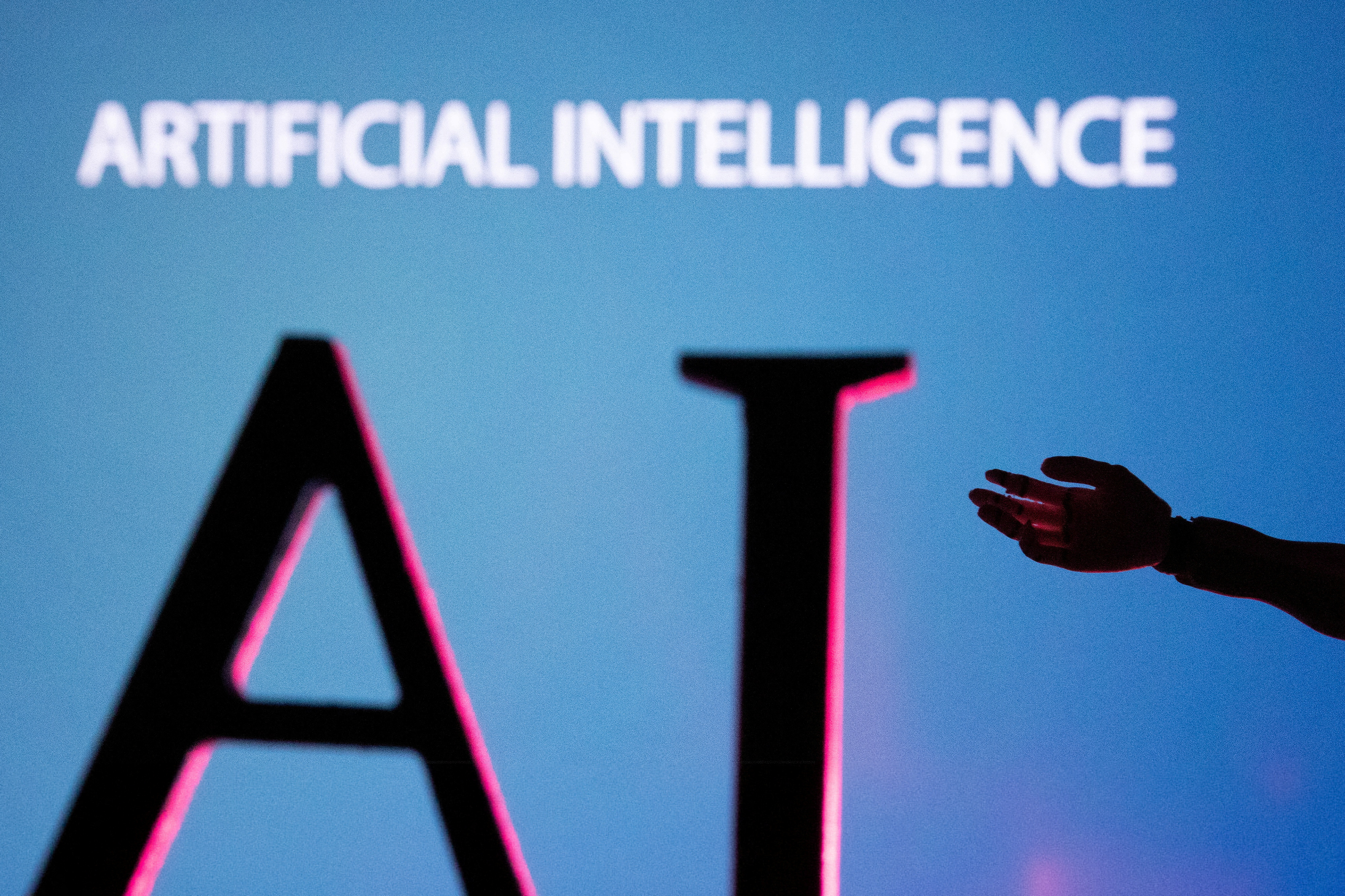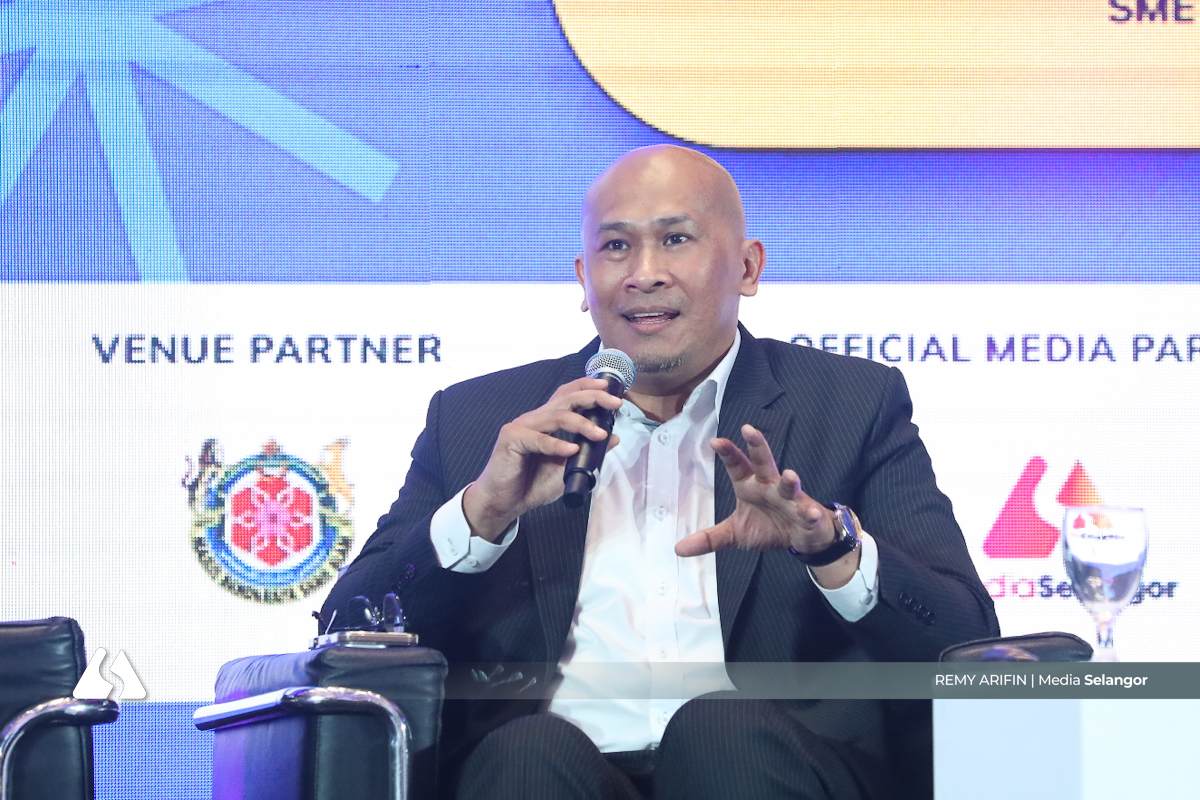SHAH ALAM, Nov 14 — Digitalisation should remain at the heart of Selangor’s development agenda and a key focus of the 2026 state budget, as it is key to driving productivity, innovation, and inclusive growth across sectors, said Bank Muamalat Malaysia Bhd chief economist Mohd Afzanizam Abdul Rashid.
The analyst added that with digitalisation deeply embedded in everyday life, it should continue to underpin the state’s policy direction.
“This includes how the government machinery carries out its duties to the public and ensures seamless service delivery,” he told Media Selangor.
“Digitalisation can also help businesses scale up, especially micro, small and medium enterprises (MSMEs), and significantly enhance the learning experience among students in Selangor.”
Afzanizam said such efforts would ultimately translate into economic growth driven by higher productivity and inclusivity, ensuring prosperity is shared across all segments of the society.
The Selangor government has been driving digitalisation efforts over the past several years, with a significant portion of the state’s annual budget allocated to advancing digital infrastructure, services, and innovation initiatives.
In September last year, Menteri Besar Dato’ Seri Amirudin Shari said Selangor aims to advance the digitalisation sector, particularly in artificial intelligence (AI) technology, including through the establishment of AI development centres.
Meanwhile, Afzanizam said Selangor’s prudent fiscal management has provided the state government ample fiscal space for expansionary policies.
Apart from recording a surplus balance for five consecutive years, he noted that Selangor’s economy has continued to outperform the national economic growth.
In 2024, the state recorded a gross domestic product (GDP) of RM432.1 billion, a 6.3 per cent on-year growth that outpaced the 5.1 per cent national growth rate.
Selangor also recorded RM34.7 billion in approved investments in the first half of 2025, second only to Johor, while maintaining a stable inflation rate of 1.5 per cent for the first nine months of the year, down from 2.2 per cent in 2024.
“Our estimate shows that Selangor should be able to register a 5.4 per cent GDP growth this year, underpinned by key sectors such as manufacturing and services,” Afzanizam said.
He expects the state to maintain its forward-looking approach in the 2026 Selangor Budget, with an emphasis on technology, sustainability, and infrastructure as key growth drivers next year.
The 2026 Selangor Budget will be tabled today, focusing on fiscal resilience and human capital development and reinforcing the state’s strategic position as the country’s key economic driver.
Amirudin previously described the supply bill as a “transitional budget” as it not only concludes the First Selangor Plan (RS-1), but lays the groundwork for the Second Selangor Plan (RS-2), set to be launched next year.






